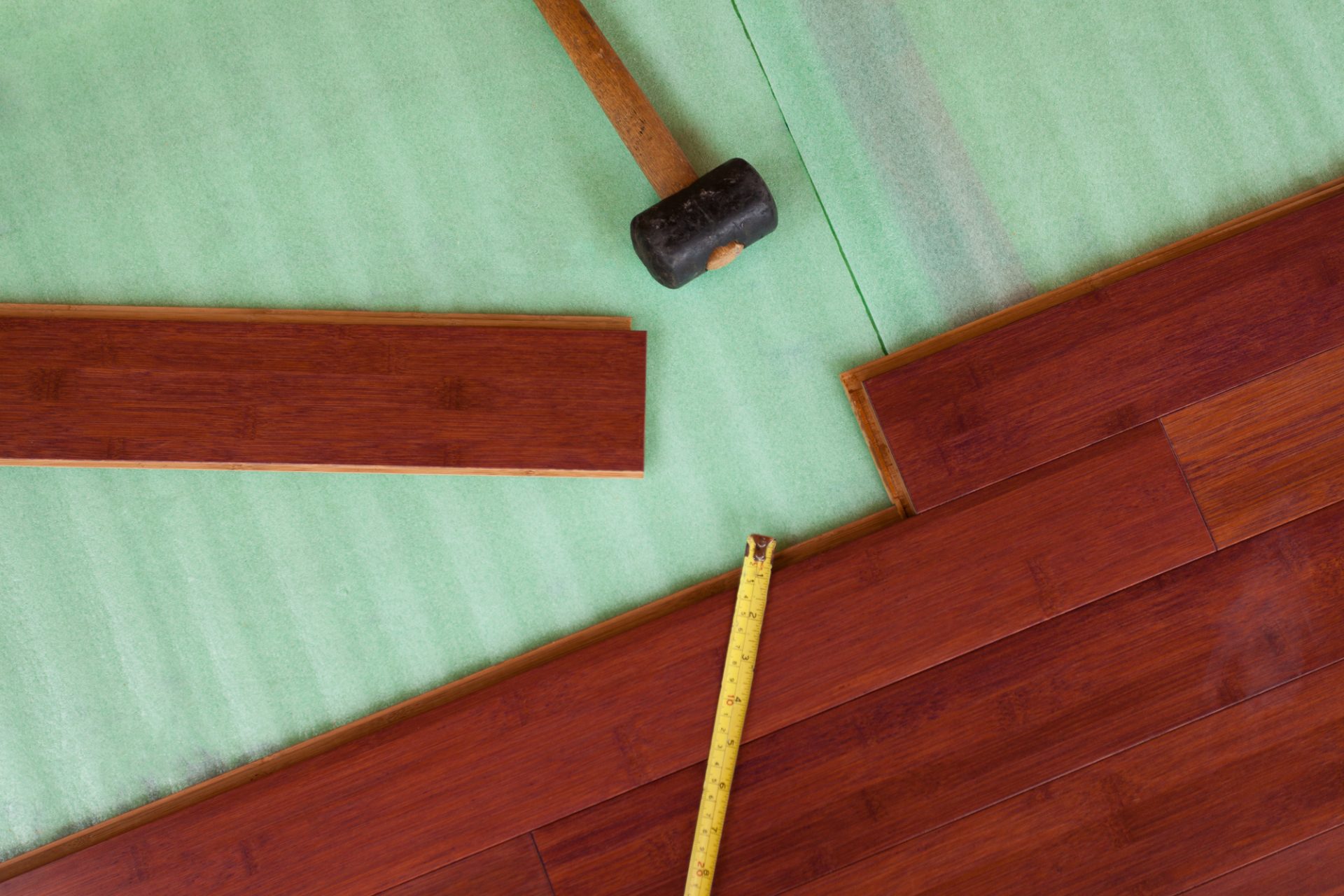Bamboo Flooring: A Sustainable Choice for Bathrooms
Bamboo flooring has become a popular choice for homeowners looking for a stylish and eco-friendly alternative to traditional hardwood. This flooring option offers numerous benefits, particularly in bathroom settings.
Environmental Benefits of Bamboo Flooring
Bamboo is a rapidly renewable resource, making it a sustainable choice for flooring. It grows much faster than hardwood trees, typically reaching maturity in 3-5 years. This rapid growth cycle allows for sustainable harvesting without depleting natural resources.
- Reduced Deforestation: Choosing bamboo flooring helps to reduce the demand for hardwood, contributing to the preservation of forests.
- Lower Carbon Footprint: Bamboo absorbs carbon dioxide during its growth, making it a carbon-negative material. Its production process also generates less greenhouse gas emissions compared to hardwood flooring.
Durability and Water Resistance of Bamboo Flooring
Bamboo flooring is known for its exceptional durability and strength. It is harder than most hardwoods, making it resistant to scratches, dents, and wear. Bamboo is also naturally water-resistant, making it a suitable choice for bathroom environments.
- Moisture Resistance: Bamboo’s natural oils and dense structure make it resistant to moisture absorption. This property minimizes the risk of warping, swelling, or rotting in humid bathroom settings.
- Easy Maintenance: Bamboo flooring is easy to clean and maintain. It can withstand spills and splashes, making it a practical choice for busy bathrooms.
Types of Bamboo Flooring
Bamboo flooring is available in various types, each with its unique characteristics and aesthetics.
- Horizontal Strand Bamboo: This type is made by weaving together thin strips of bamboo, creating a durable and visually appealing surface. It offers a classic wood-like appearance with a subtle grain pattern.
- Vertical Strand Bamboo: This type is made by pressing together vertical strands of bamboo, resulting in a harder and denser surface. It often features a more prominent grain pattern and a contemporary look.
- Carbonized Bamboo: This type is created by heating bamboo at high temperatures, giving it a rich, dark color and a more rustic appearance. It offers a unique aesthetic and enhanced durability.
Pros of Bamboo Flooring in Bathrooms

Bamboo flooring offers a range of benefits that make it a popular choice for bathrooms. Its natural beauty, durability, and ease of maintenance make it an attractive option for homeowners looking for a sustainable and stylish flooring solution.
Aesthetic Appeal
Bamboo flooring brings a touch of nature into your bathroom, creating a serene and inviting atmosphere. Its warm, natural tones and unique grain patterns can complement a wide range of bathroom styles, from contemporary to traditional. Bamboo’s versatility allows you to choose from various finishes, including natural, oiled, and lacquered, to match your desired aesthetic.
Ease of Maintenance and Cleaning
Bamboo flooring is known for its durability and resistance to moisture, making it a practical choice for bathrooms. Its hard surface is resistant to scratches and dents, ensuring that your floors remain beautiful for years to come. Bamboo’s smooth surface is also easy to clean, making it a breeze to keep your bathroom sparkling. Its water-resistant properties prevent water damage, reducing the risk of mold and mildew growth.
Hypoallergenic Properties
Bamboo flooring is a natural choice for individuals with allergies or sensitivities. Its hypoallergenic properties make it a healthier alternative to traditional hardwood flooring, which can harbor dust mites and other allergens. Bamboo’s smooth surface also makes it easier to clean, preventing the accumulation of dust and allergens.
Cons of Bamboo Flooring in Bathrooms: Bamboo Flooring In Bathroom Pros And Cons
:max_bytes(150000):strip_icc()/benefits-and-drawbacks-of-bamboo-floors-1314694_hero_0070-8eaac0f3cc5543c7a73bd85f4106d841.jpg)
Bamboo flooring, while offering a sustainable and stylish option, does have some drawbacks, particularly in the humid environment of a bathroom. It’s important to consider these factors before making your final decision.
Moisture Sensitivity
Bamboo flooring, despite its natural durability, is susceptible to moisture fluctuations. Exposure to excessive humidity can lead to expansion, while dryness can cause contraction. This can result in warping, cupping, or even cracking of the floorboards. This is especially crucial in bathrooms, which are often prone to steam and water splashes. To mitigate this risk, ensure proper ventilation and use a sealant specifically designed for bamboo flooring.
Cost Considerations
While bamboo flooring can be a budget-friendly option compared to some hardwoods, it’s not always the cheapest choice for bathrooms. The cost of bamboo flooring can vary based on factors like quality, type (strand woven vs. solid), and installation complexity. For instance, strand-woven bamboo is typically more expensive than solid bamboo due to its higher density and durability. It’s important to research and compare prices from different suppliers before making a decision.
Installation and Maintenance, Bamboo flooring in bathroom pros and cons
Proper installation and regular maintenance are essential for maximizing the longevity of bamboo flooring in bathrooms. It’s crucial to choose a contractor experienced in installing bamboo flooring, especially in moisture-prone areas. The installation process involves careful acclimation of the bamboo to the bathroom’s humidity levels, ensuring proper subfloor preparation, and using moisture-resistant adhesives.
Properly installed bamboo flooring can last for years, but it requires consistent care and attention.
Regular cleaning and maintenance, including sweeping, vacuuming, and mopping, are crucial to prevent dirt and grime from accumulating and damaging the floor. Avoid using harsh chemicals or abrasive cleaners that can strip the sealant and expose the bamboo to moisture damage.
